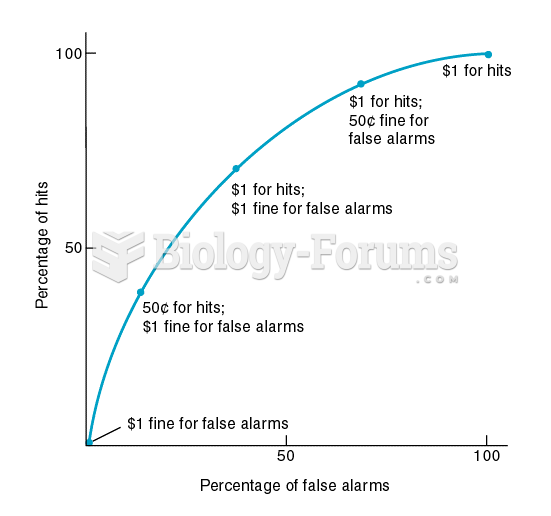|
|
|
More than 150,000 Americans killed by cardiovascular disease are younger than the age of 65 years.
In the United States, an estimated 50 million unnecessary antibiotics are prescribed for viral respiratory infections.
In inpatient settings, adverse drug events account for an estimated one in three of all hospital adverse events. They affect approximately 2 million hospital stays every year, and prolong hospital stays by between one and five days.
The average person is easily confused by the terms pharmaceutics and pharmacology, thinking they are one and the same. Whereas pharmaceutics is the science of preparing and dispensing drugs (otherwise known as the science of pharmacy), pharmacology is the study of medications.
The ratio of hydrogen atoms to oxygen in water (H2O) is 2:1.







